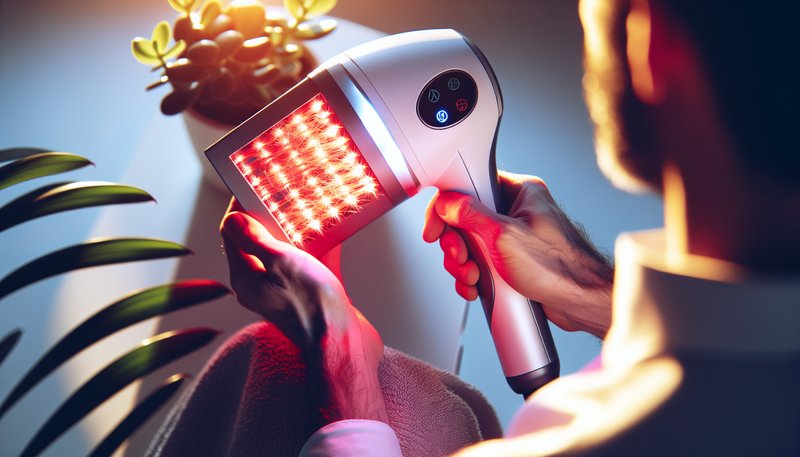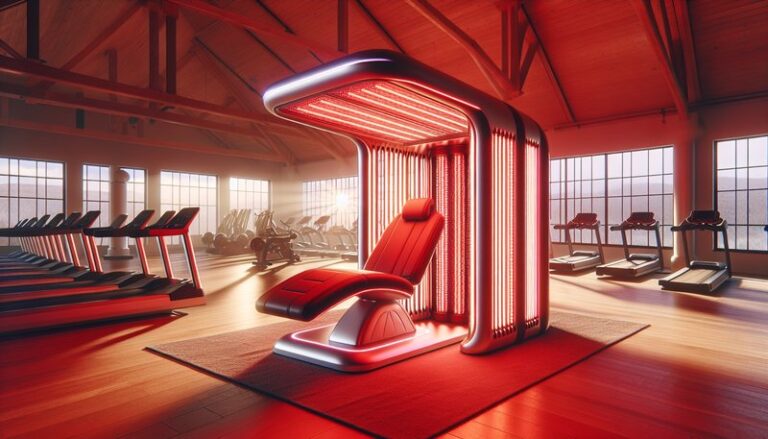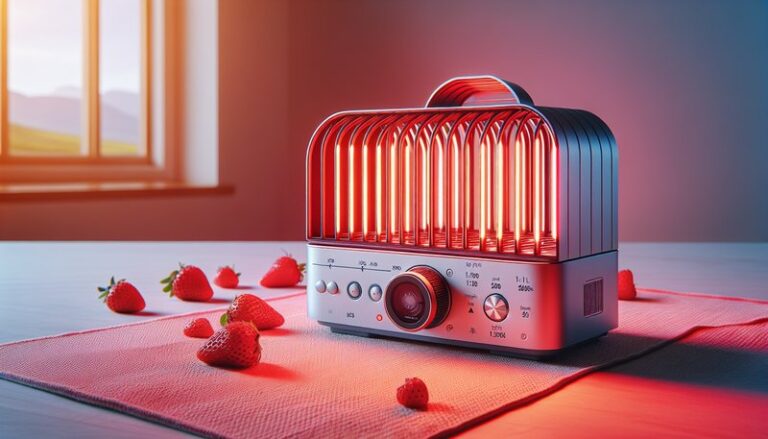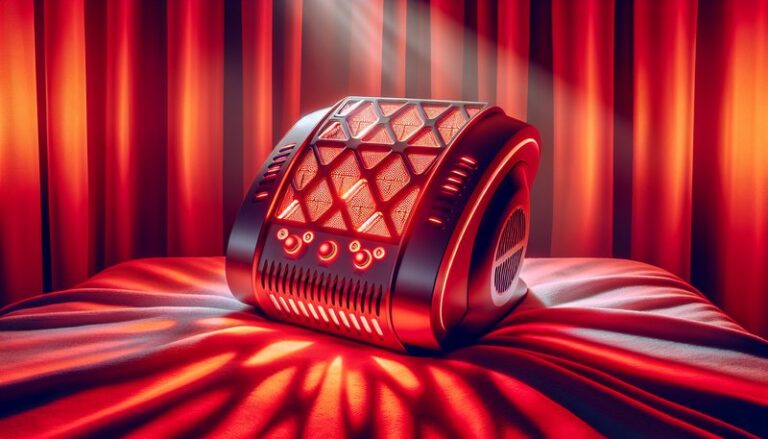Can Red Light Therapy Grow Hair?
Have you been battling thinning hair or hair loss and heard whispers about red light therapy?
In recent years, red light therapy has gained popularity as a non-invasive treatment option for various skin and hair concerns. This article will explore whether red light therapy can effectively stimulate hair growth, discuss its benefits and drawbacks, consider key factors before using it, and explore some alternative treatments available.
Key Takeaways
- Red light therapy may stimulate hair follicles and promote hair growth.
- Numerous studies have indicated its effectiveness for certain types of hair loss.
- Alternatives exist, including topical treatments and lifestyle changes, that may provide additional benefits.
What is Red Light Therapy?
Red light therapy, also known as low-level laser therapy (LLLT), uses specific wavelengths of light to interact with cells and tissues. The concept dates back to the 1960s, initially explored for its potential in wound healing and pain relief.
By penetrating the skin, red light can influence various biological processes, potentially leading to improved cellular function and healing. In the context of hair growth, the therapy is believed to increase blood flow to the scalp and stimulate inactive hair follicles, ultimately promoting healthier hair growth.
How It Works
Red light therapy typically involves the application of low-level lasers or LED lights that emit wavelengths ranging from 600 to 650 nanometers. These wavelengths penetrate the skin’s surface and are absorbed by mitochondria, the powerhouse of cells, increasing their energy production. The enhanced mitochondrial function encourages cellular regeneration and increased blood circulation, which are vital for healthy hair growth.
What are the Benefits of Red Light Therapy?
Understanding the benefits of red light therapy can help you determine if it’s a suitable option for your hair growth journey.
Stimulates Hair Follicles
Research suggests that red light therapy can activate dormant hair follicles, encouraging them to enter the growth phase. Studies have shown an increase in hair density and thickness after consistent treatments.
Non-Invasive Treatment Option
Unlike surgical methods for hair restoration, such as hair transplants, red light therapy offers a non-invasive alternative. Individuals seeking to avoid surgery often find this appealing, as it has minimal side effects and requires no downtime.
Improves Scalp Health
In addition to stimulating hair follicles, red light therapy can enhance overall scalp health. The increased circulation can help to remove toxins and increase nutrient delivery to hair follicles, creating a more favorable environment for hair growth.
Safe for All Skin Types
Red light therapy is generally safe for individuals of all skin types and tones, making it an accessible option for a wide range of users.
Is it Possible to Grow Hair Using Red Light Therapy?
The possibility of using red light therapy for hair growth is supported by various research findings.
What are the Advantages of Using Red Light Therapy?
Red light therapy provides several key advantages:
- Pain-Free and Easy Treatment: Sessions typically last 10-20 minutes and are painless, making them convenient for users.
- Home Use Availability: Many devices designed for home use are now available, allowing individuals to experience therapy in the comfort of their own homes.
- Complementary Treatment: Red light therapy can be used alongside other treatments, such as minoxidil or finasteride, enhancing overall effectiveness.
What are the Disadvantages of Using Red Light Therapy?
Despite its benefits, there are some disadvantages to consider:
See the comprehensive guide Is Red Light Therapy Harmful?
- Variable Results: Not all individuals respond equally to red light therapy. Factors like hair type, extent of hair loss, and consistency of treatment can influence results.
- Time Commitment: For optimal results, regular sessions over several weeks or months are usually necessary, which may require a significant time investment.
- Cost of Devices: While there are at-home devices available, some may be prohibitively expensive, especially high-quality laser caps or panels.
What are the Things to Consider Before Using Red Light Therapy?
If you’re considering red light therapy for hair growth, keep these important factors in mind.
Current Hair Condition
Assess your specific hair loss condition. Red light therapy may be more effective for certain types of hair loss, such as androgenetic alopecia (male or female pattern baldness), rather than scarring alopecia.
Device Quality
Ensure you select a high-quality device that emits the correct wavelengths of red light. Research brands, read reviews, and consider professional options if at-home devices don’t seem effective.
Consultation with a Specialist
Before beginning any new hair loss treatment, it’s wise to consult a dermatologist or hair specialist. They can provide personalized advice, help set realistic expectations, and rule out any underlying medical conditions contributing to hair loss.
What are the Alternatives to Red Light Therapy?
For individuals exploring options in addition to red light therapy, several alternatives exist.
Minoxidil
Minoxidil is a topical treatment approved by the FDA for hair loss management. It helps stimulate hair follicles and promote hair regrowth in both men and women.
Finasteride
This oral medication is primarily used for male pattern baldness. It works by inhibiting the hormone responsible for hair loss, but it should be used under medical supervision due to potential side effects.
Learn everything about Red Light Therapy at Tanning Salons
PRP Therapy
Platelet-rich plasma (PRP) therapy involves drawing a small amount of your blood, processing it to concentrate the platelets, and injecting it back into the scalp. This method can stimulate hair growth and improve hair thickness.
Conclusion: Is it Recommended to Use Red Light Therapy?
Red light therapy appears to be a safe, non-invasive option for stimulating hair growth, particularly for certain types of hair loss. While it can be effective, results may vary depending on individual circumstances, and it’s important to manage expectations. Consulting a healthcare professional can provide insights and help you tailor the best approach for your hair regrowth journey.
Frequently Asked Questions
Is red light therapy effective for everyone?
Red light therapy may not work for everyone. Its effectiveness depends on the type of hair loss and individual biological factors.
How long does it take to see results?
Many users start noticing results within 12 to 24 weeks of consistent use, although this can vary.
Are there any side effects?
Red light therapy is generally considered safe, with minimal risk of side effects. Users may experience slight warmth during sessions.
How often should I use red light therapy?
For optimal results, most studies recommend regular sessions, typically 2-3 times a week for optimal results.
Where can I find red light therapy devices?
You can find red light therapy devices online or at specialized clinics. Always research and choose a reputable brand or professional service.






